When you’re choosing a pair of headphones, you’ll likely come across the terms “open back” and “closed back.” At first, it might sound like just another technical label, but the difference between these two designs has a real impact on how your music sounds, how your environment feels — and even how others around you hear it.
So, what’s the actual difference? And which one’s better for your needs — gaming, studio work, casual listening, or just tuning out the world?
Let’s break it down.
Table of Contents
What Are Open Back Headphones?
Imagine listening to music in a room with the windows wide open. That’s pretty much how open back headphones behave. The back of each ear cup is designed with vents or grills that allow air and sound to pass freely between the inside of the headphone and the outside world.
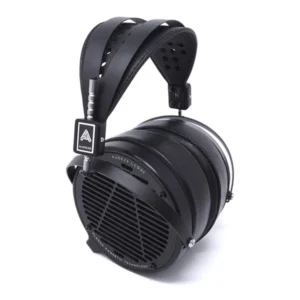
The result? A more natural, spacious sound — often described as “airy” or “wide.” It’s closer to how we hear live instruments or how music sounds in a well-treated studio room.
But there’s a trade-off.
Open back headphones leak sound out and let sound in. That means people nearby might hear what you’re listening to, and you’ll hear more of what’s going on around you — not ideal on a noisy train or in a busy office.
Who are they for?
- Audio engineers and producers who want neutral, detailed sound
- Music lovers who listen in quiet environments
- Gamers who want a wide soundstage for immersion (especially in open-world or FPS games)
Popular Open Back Models
- Sennheiser HD600 – A long-time favorite for mixing and mastering. Known for its clear mids and smooth response.
- Beyerdynamic DT 990 Pro – Bright and spacious, often used in home studios.
- Philips Fidelio X2HR – A consumer-friendly open back with deep bass and open sound.
What Are Closed Back Headphones?
Now imagine shutting all the windows and listening to the same music. That’s what closed back headphones are like. The ear cups are fully sealed, keeping the sound in — and outside noise out.
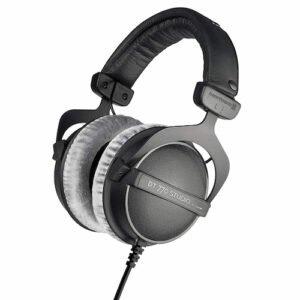
This isolation is their biggest strength. You can listen in a noisy room, on public transport, or in a studio without your sound leaking into the microphone.
The soundstage? It’s usually narrower compared to open back headphones. That means you don’t get that same sense of space — but you do get tighter bass and more focus on the core of the mix.
Who are they for?
- Commuters and travelers
- Studio vocalists (to avoid mic bleed)
- Casual listeners who want privacy and punch
Popular Closed Back Models
- Audio-Technica ATH-M50x – Versatile and popular with musicians, podcasters, and everyday listeners.
- Sony MDR-7506 – A studio staple. Crisp, clear, and built to last.
- Beyerdynamic DT 770 Pro – Closed sibling to the 990 Pro. Great isolation and strong bass response.
Open vs Closed: Soundstage & Imaging
One of the most noticeable differences is the soundstage — that sense of space and direction in your audio.
With open back headphones, it’s easier to tell where sounds are coming from. You might feel like the guitar is over your left shoulder and the hi-hats are to your right. That makes them fantastic for critical listening, mixing, and even games where positional audio matters.
With closed backs, everything feels a bit more “in your head.” Some people prefer this focused feel, especially for bass-heavy genres or when working in environments where isolation is important.
When to Choose Open Back vs Closed Back Headphones
If you’re still unsure which type makes more sense, the answer really comes down to how and where you plan to use them.
For Studio Mixing or Critical Listening
You’ll almost always see open back headphones in mixing environments. Why? Because they give you a more accurate picture of the stereo field and frequency balance. With fewer reflections inside the ear cup and a more natural presentation, you hear what’s actually in the mix — not what the headphone enclosure is adding.
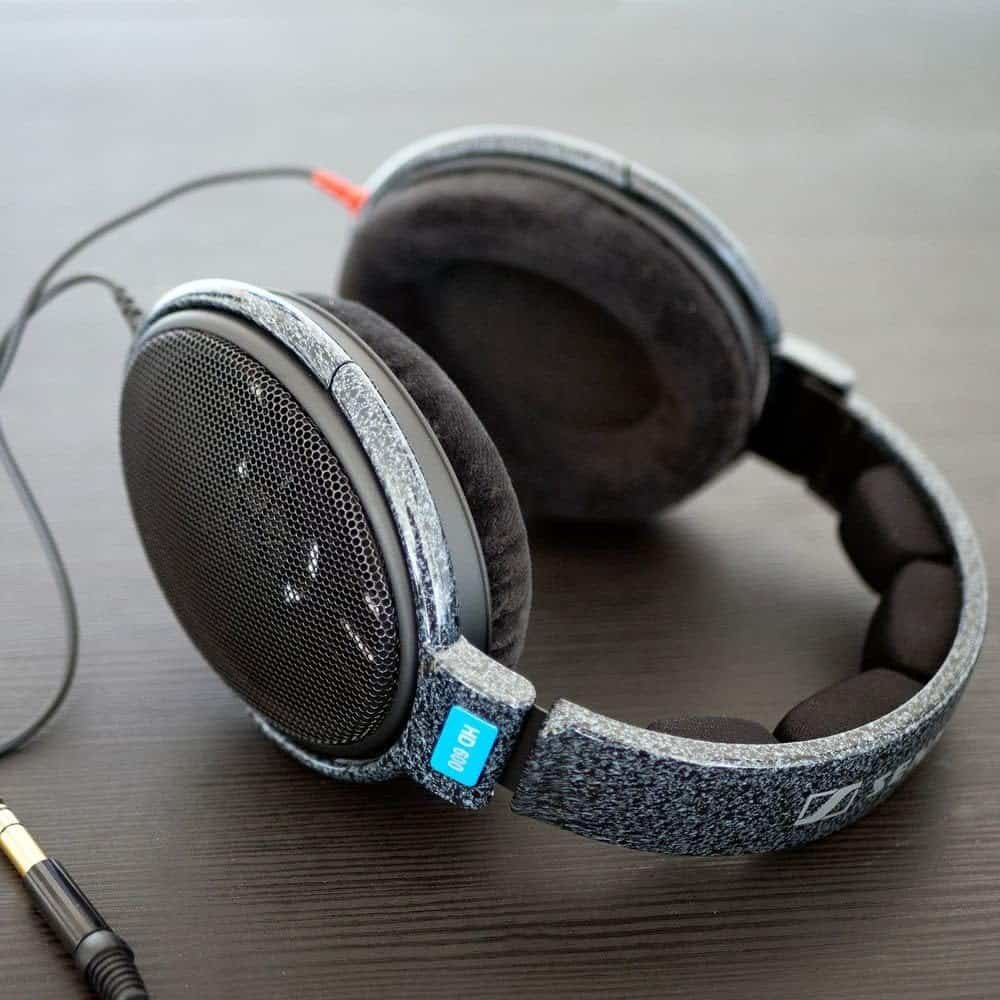
“I use the Sennheiser HD600s for mixing,” one engineer shared. “They don’t hype the sound, so I know what’s really happening in the track.”
But you’ll need a quiet space. Open backs don’t offer isolation, so even the hum of a fan or nearby conversation can be distracting.
For Recording, Podcasts, or Voiceovers
Here’s where closed back headphones shine. If you’re speaking into a microphone, you don’t want your headphone sound bleeding into the mic — and that’s exactly what open backs can do. Closed back designs prevent this and also help you focus, especially during long voiceover sessions or interviews.
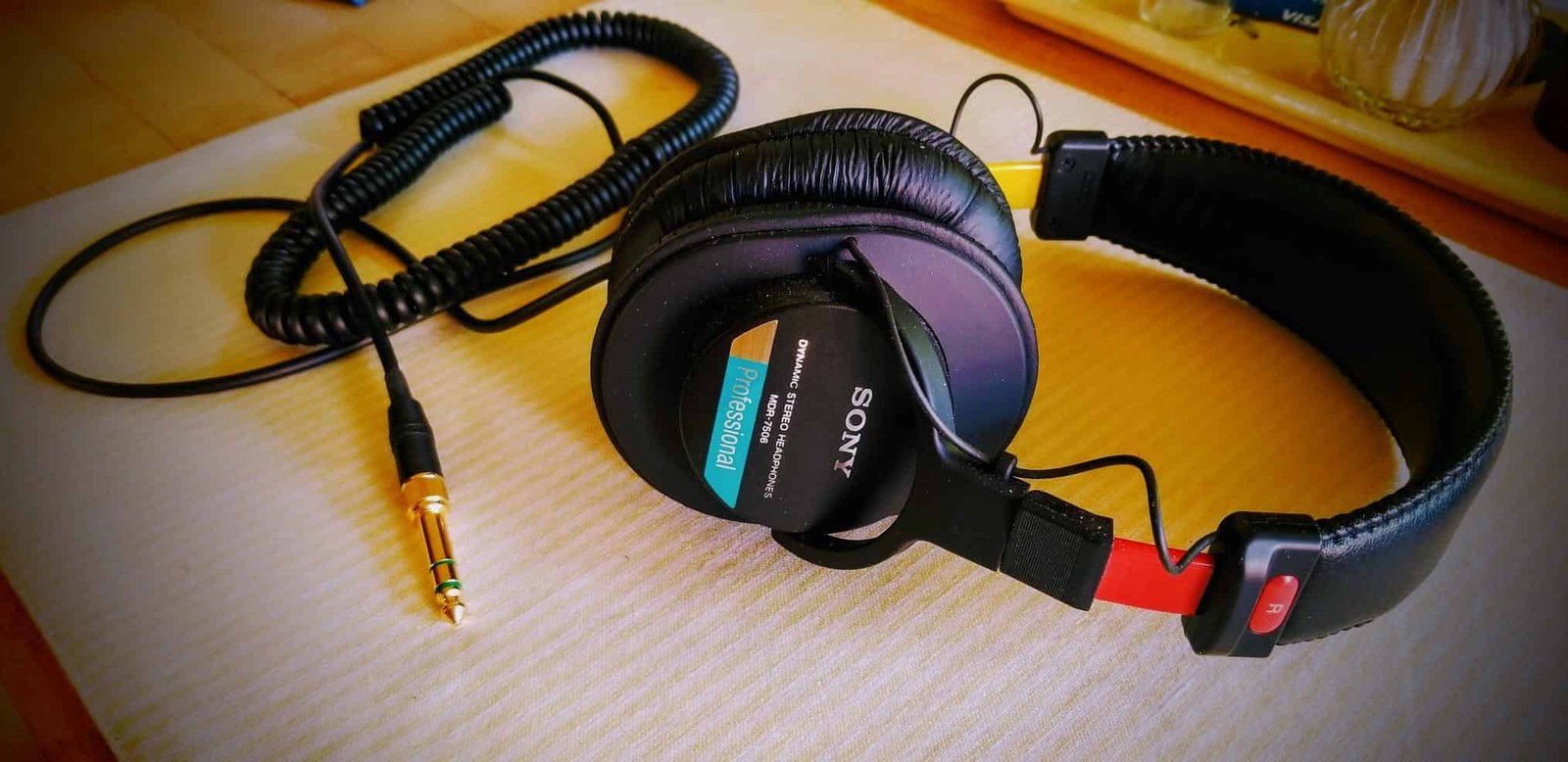
This is why models like the Sony MDR-7506 and Audio-Technica ATH-M50x have become staples in radio booths and home studios.
For Commuting or Public Spaces
If you’re riding the train, working in a café, or trying to block out background noise, closed backs are the obvious choice. Not only do they keep sound from leaking out, but they also offer passive noise isolation — and in some models, even active noise canceling.
You wouldn’t want to be that person blasting symphonic metal through open backs on a quiet bus. With closed backs, you get privacy and peace.
For Gaming and Immersion
This one’s a bit more balanced. If you’re gaming at home and want to feel fully immersed, open back headphones offer that wide, realistic soundstage that makes footsteps, gunshots, and ambient sounds feel more dynamic.
But if you game in a noisy space or don’t want to disturb others, closed backs are more practical — even if you sacrifice a bit of openness in the sound.
What About Semi-Open Headphones?
You might have seen a few models labeled as “semi-open,” like the AKG K240. These designs try to strike a balance — offering some of the openness and air of open backs, but with a bit more isolation.
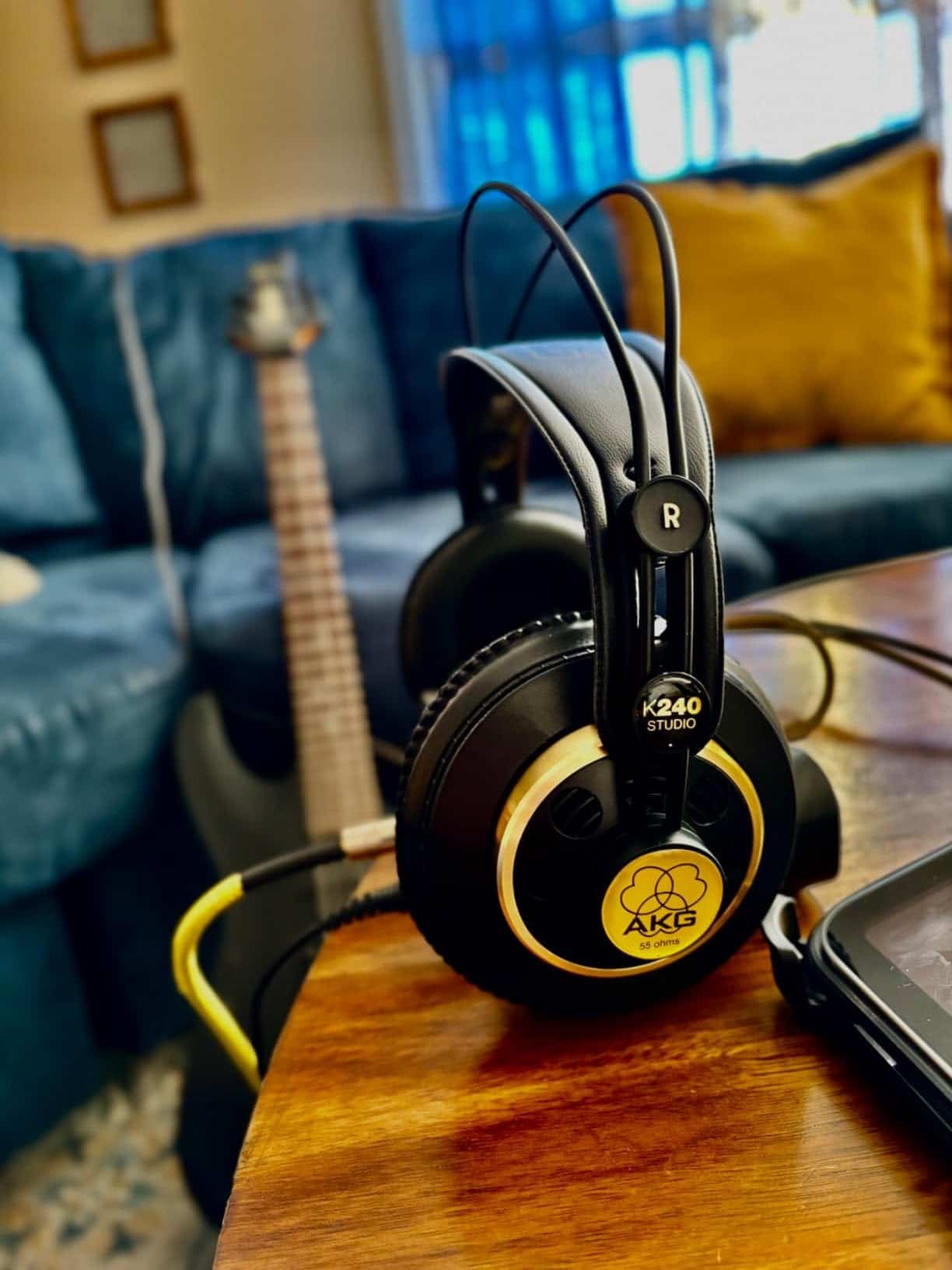
In reality, though, they often feel more like a compromise. You don’t get full isolation, and the soundstage might not be as wide as true open backs. Still, some users like them for casual studio work or hybrid use.
Final Thoughts
So — open back vs closed back headphones. Which is better?
It depends on what you value more:
- Natural sound and space? Go open back.
- Privacy and isolation? Choose closed back.
There’s no universal winner. As one producer put it: “I mix with open backs, record with closed, and listen for fun with whatever sounds best.”
If you have the chance, try both. Even switching between them can change how you hear familiar music — and that’s part of the joy in exploring audio gear.
Whichever you pick, make sure it fits your environment, your ears, and your habits. That’s where good sound really starts.